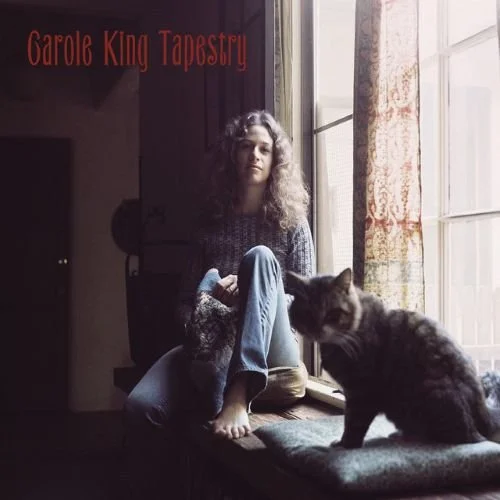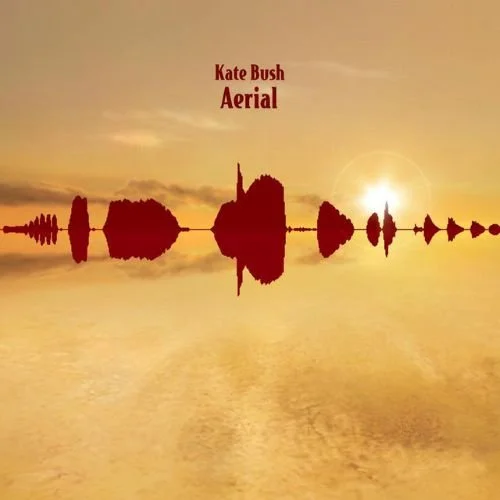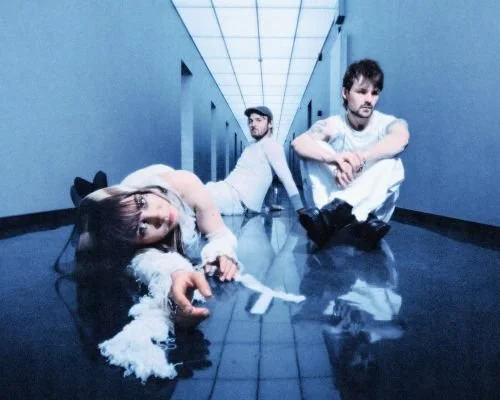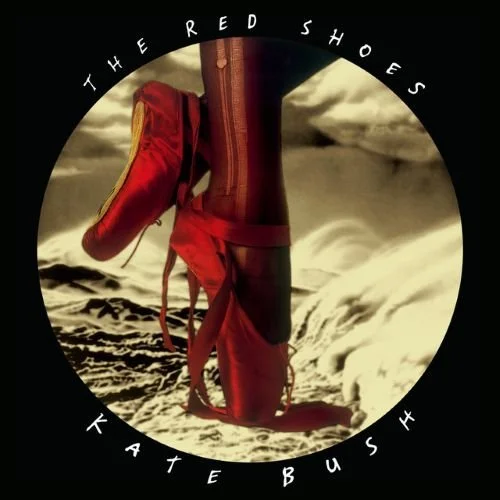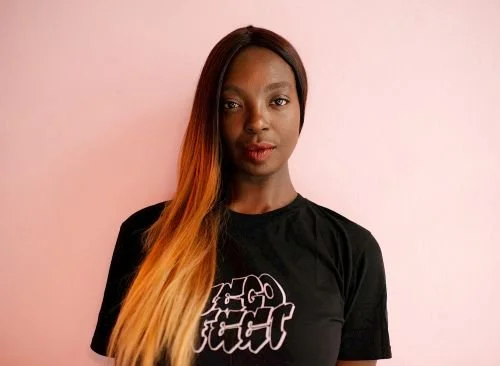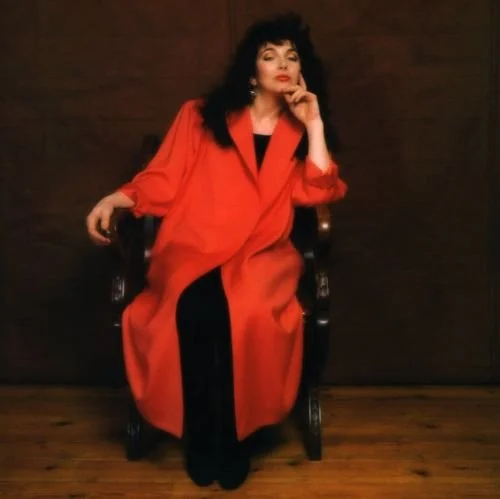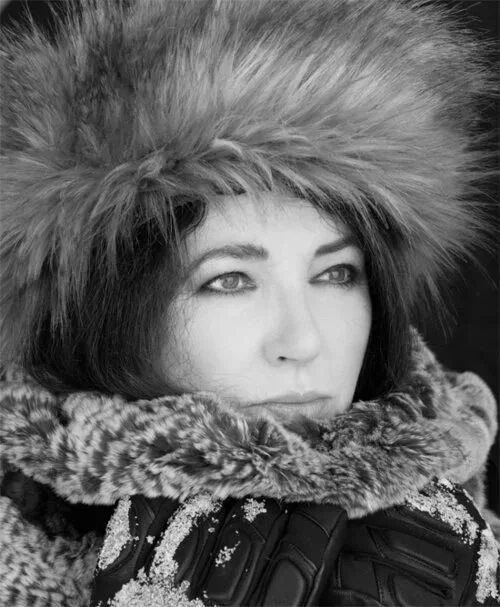That's one kind of beauty.
'The heart, I think, is the main beauty. This human quality he has. Although there's clever shots in his films, they're not really used for effect, to be clever. They're used for an emotional effect. I'd call that a human quality. Like vulnerability. Also, I like the emotional qualities of the characters. I suppose in one way they're very English ...'
To combine her interest in Powell with her lust for new directions, and perhaps to solve one or two promotional problems, Bush has directed a 40-minute film interpreting six songs from the excellent 'Red Shoes' album. It will be premiered at the London Film Festival.
'I'll be very interested to see what people make of it. To see whether they regard it as a long promo video or as a short film,' she says.
Where do your stories come from?
'Oh, all kinds of sources but generally they come down to people. People's ideas or works. Films, books, they all lead back to someone else's ideas, which in turn lead back to someone's else's ideas...'
I've always assumed you must be a bit of an Angela Carter fan.
'Um, no. I don't think I know her stuff.'
She wrote 'Company Of Wolves' and was big, I believe, on pomegranates, the predatory nature of nature, the heat of female sexuality; that sort of thing.
'Oh, yes.' Bush smiles, and her dimple disappears.
Other post addressed to Kate Bush arrived which went unopened. Then one day a letter came for the attention of Catherine Earnshaw. This being ambiguous, Catherine opened it just to make sure. Inside was a note from a Harley Street doctor indicating that Catherine was fit as a fiddle. This was good news. Unfortunately, Catherine had not been to see a Harley Street doctor. She hastily sent the letter on to Bush's record company, blushing at her daftness in not remembering immediately that Catherine Earnshaw is the name of the storm-tossed tragic heroine of 'Wuthering Heights '.
You're 35 and you've been doing this since you were a teenager. How have you changed?
'I think I've changed quite a lot. Essentially I'm still the same person but I suppose I've grown up a lot, and learned a lot.'
What's made you grow up the most?
'You get lots of disappointments. I'm not sure that they make you grow up but they make you question intentions.' She pauses. 'But life is what makes you grow up.'
That's a fantastically evasive answer.
'It is quite evasive but I think it's true.' Still no dimple. 'It's hard to say... when I was young I was very idealistic, and I don't really think I am any more. I think I'm more... realistic. I think it's good to change. I think I'd be unhappy if I didn't change. It would mean I hadn't learnt anything.'
Do you ever get curious about living another way?
'I do. But so far I'm extremely lucky to be doing what I'm doing. I feel extremely lucky to have the opportunity to do it.’”.

